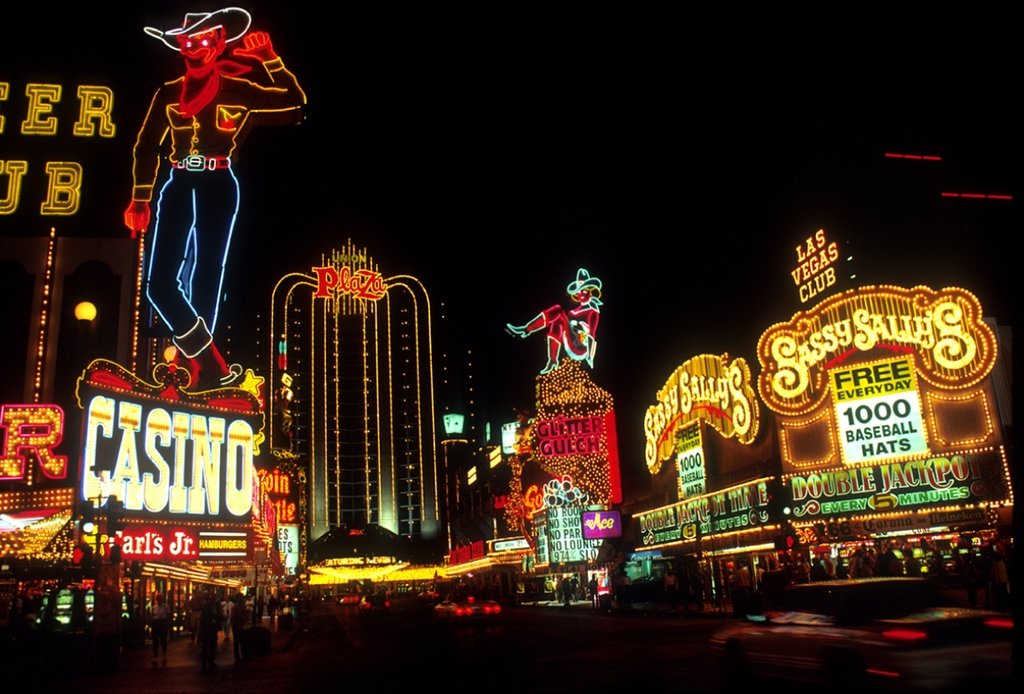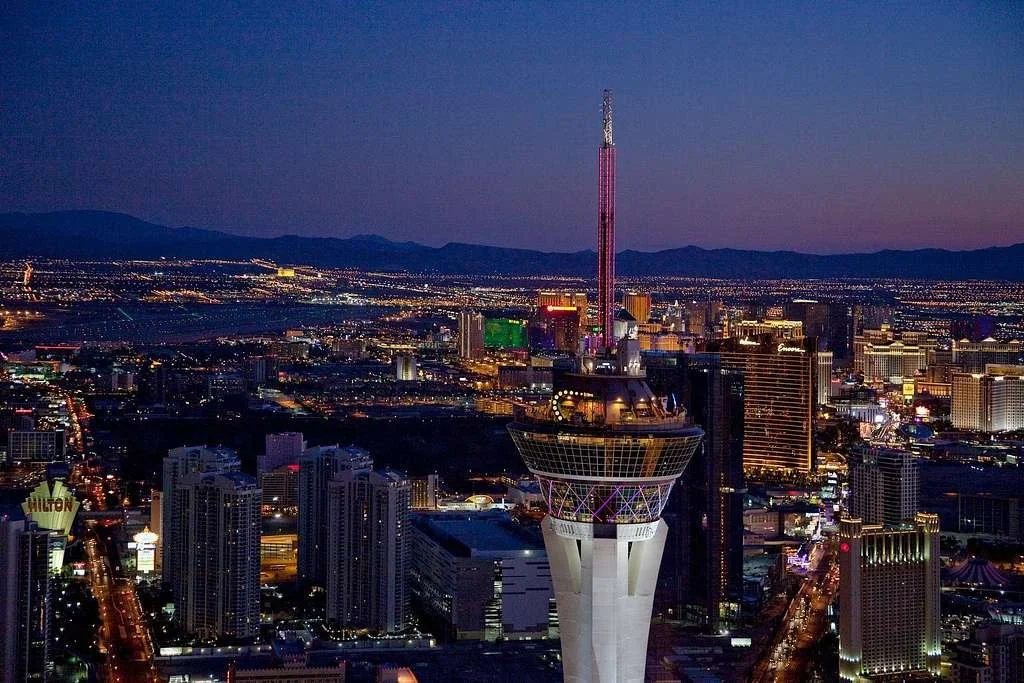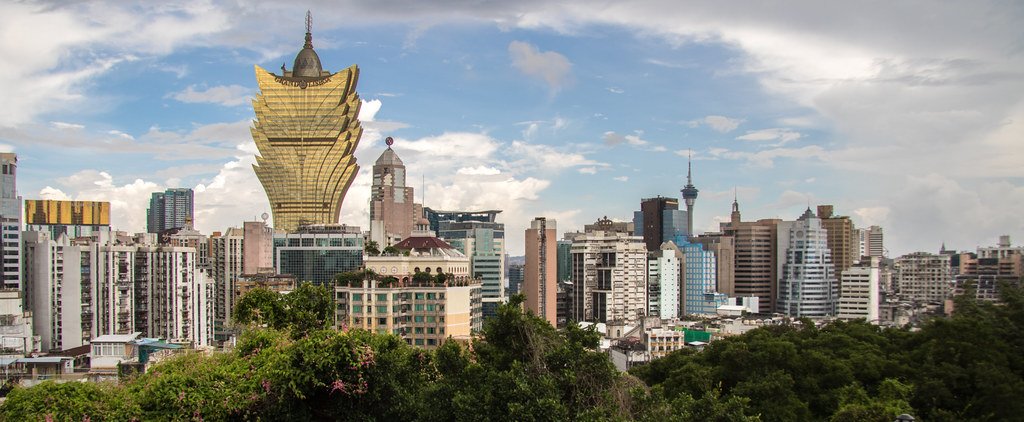Balancing the economic benefits of the casino industry against its environmental costs in Las Vegas and Macau.
Las Vegas strip at night. Las Vegas City Files. PDM 1.0
Rapid urbanization is one of the driving causes of pollution worldwide, and gambling hotspots are no exception, using precious resources to fight heat, water scarcity and pollution. The gambling centers of Las Vegas and Macau generate billions of dollars a year from tourist revenue, promoting overconsumption via colossal retail stores, high-rise casinos and souvenir shops. Beneath their twinkling lights, however, lies a reality riddled with addiction, excess and greed, and environmental impacts that are all too often overlooked.
Motorists waiting at traffic light. Dickson Phua. CC BY-NC-ND 2.0
Located in an arid desert landscape, Las Vegas’s temperatures can crawl up to 120 degrees Fahrenheit during the summer months, making it one of the hottest in the U.S.; other than Reno, it is the fastest-warming city in the country. Just twenty miles east of Las Vegas, Lake Mead’s water level has significantly dropped over the years. With temperatures rapidly rising, residents and tourists alike face the possibility of rarely going outside, as there’s little more to do outside than wander up and down the strip and lounge at a hotel pool. According to SWANA (Solid Waste Association of North America), Las Vegas produces more than five billion pounds of waste each year. While Las Vegas is attempting to rebrand itself as an eco-friendly city, conservation efforts are still underway. In 2016, the city began powering government buildings and streetlights with renewable energy, and most high-rises have installed solar panels on their roofs. The Sphere, Las Vegas’s newest concert venue, has an agreement to meet its electricity needs with solar power, but this must be approved by the Public Utilities Commission of Nevada, which likely won’t happen until 2027.
Aerial view of Las Vegas at night, Carol M. Highsmith's America Project, PDM 1.0
With casino-hotels lining the Cotai Strip, Macau has been dubbed “the Las Vegas of Asia” for its gambling, shopping and nightlife scene. With tourists flocking the city from mainland China and Portugal, vehicle exhaust from traffic has led to air pollution and excessive greenhouse gas emissions. With a population of just 600,000, a 2023 census indicated that roughly 30 million tourists flock to Macau every year, resulting in overcrowding. The subtropical landscape doesn’t reach temperatures as high as Las Vegas, but the climate is continuing to rise, with average summer temperatures of 83 degrees Fahrenheit. Similar to Las Vegas, Macau is striving to be more eco-friendly, incentivizing citizens to drive electric cars and use green lighting products through tax subsidies, in compliance with environmentally friendly standards.
Panoramic view of Macau. Andrew Moore. CC BY-SA 2.0
The impacts of gambling are not entirely negative, particularly for the local economy. The American casino industry generates over $40 billion annually, which funds local development and creates hundreds of customer service jobs. With most casinos operating 24/7, energy consumption is the most significant environmental effect. As global temperatures rise, an excessive amount of energy is spent on air conditioning and lighting. Today, many are turning to online gambling as a more “sustainable” option, thanks to rapid technological advancements. Gambling hotspots like Las Vegas and Macau can adopt greener practices, such as improving public transportation and implementing recycling and composting programs. While gambling hotspots fuel local economies and tourism, their environmental and social impacts cannot be ignored, calling for a balanced approach that prioritizes sustainable practices and responsible urban development.
Agnes Volland
Agnes is a student at UC Berkeley majoring in Interdisciplinary Studies and minoring in Creative Writing, with a research focus on road trip culture in America. She currently writes for BARE Magazine and Caravan Travel & Style Magazine. She is working on a novel that follows two sisters as they road trip down Highway 40, from California to Oklahoma. In the future, she hopes to pursue a career in journalism, publishing, or research.





